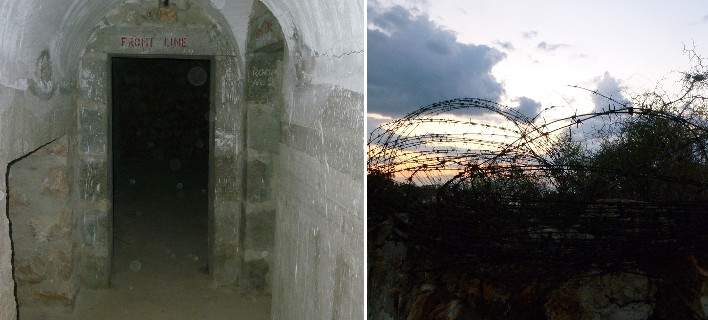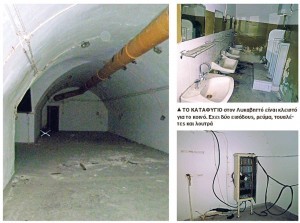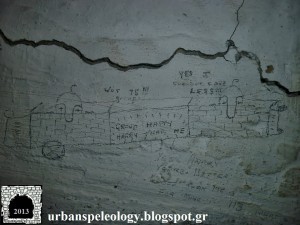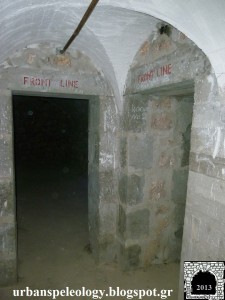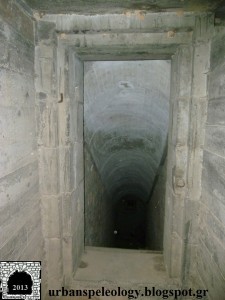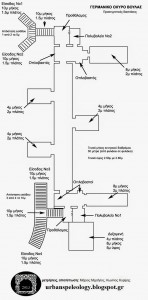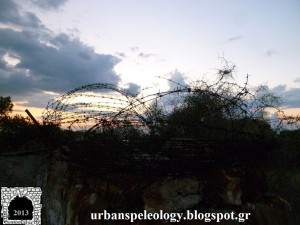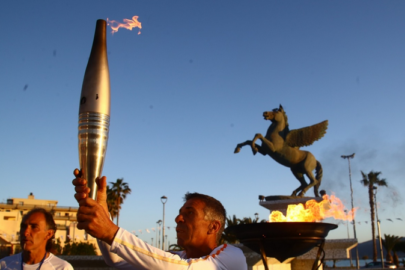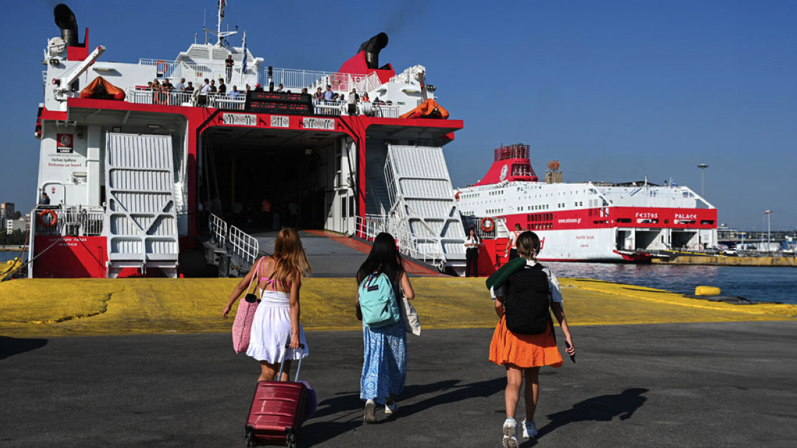On the morning of Wednesday, October 5, at 11 am in the morning, the Civil Defence sirens sounded for about 5 minutes in an exercise simulating a mock air raid. The sirens were activated as part of the ‘Parmenion 2016’ military drill, and while the Greek citizens might not have been concerned, as the majority were aware it was a drill, the question of where one would hide in a real incident is an interesting one. Where would we all go to take cover if an enemy actually did attack us? The following locations are by no means the officially designated bunkers, but are a presentation of the some areas that were used as air raid shelters in the past, and might possibly be in the future. There are a number of WWII shelters scattered across Attica in various locations including among other, the Lecabettus hill, Ardittos and Polygono, Castella and Drapetsona in Piraeus, Hellinikon and Voula in the northern suburbs and Sounio and Rafina.
In 1999 it was estimated that there were around 200 public shelters, most of which were on the in a state of collapse. Some of the known ones include the two bunkers under the National Insurance building in downtown Athens on Korai street. The two areas were under the Korai Mansion used as a Nazi command centres during the second world war, while the underground chambers were used as prison cell for Greek resistance fighters against the occupying forces.
The Mount Lecabettus military base was built before the 1940s and included a shelter and machine gun positions carved into the rocks. It was used by the Nazis in the war, but was abandoned after 1970. It runs nearly 100 metres long into the rock with two entry points. It has toilets, showers and two large rooms, many hallways, electricity switches, a switchboard, but age has left its mark on it too. The shelter at Ardittos was seized by the Germans during the occupation of Greece and after the end of WWII was used as a base by the resistance. The bunker at Kypseli in central Athens, on Pipinou and Eptanison street, was built in 1938 and has a spacious shelter that can host 63 people. It has two toilets, a main chamber, a kitchen and washing room. The underground shelter below the PIKPA children special needs institution at Voula in the northern suburbs is in good condition, with a double exit and entrance, eight rooms and at least two machine gun nests. The underground shelter at Rafina was constructed in May 1941 with upon the invasion of the Germans in Athens. It has three entry points and is made up of a series of complex halls.

